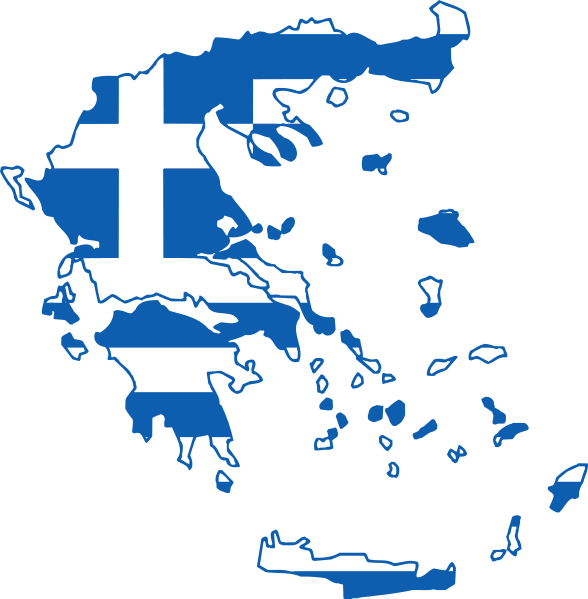
The traditional carnival-like “Ragoutsaria” celebration is wrapping up today, January 8, in the city of Kastoria, northern Greece, seeing locals donning colorful costumes and dancing in the streets of the lakeside city.
The Ragoutsaria is a centuries old custom and a revival of ancient Dionysian rites and lasts for three days. Celebrations begin on January 6, the day of Epiphany, in a festive atmosphere that gives Kastoria a special color. Men and women, young and old, are organized in “crowds,” each with its own costumes and traditional orchestra, and dance wildly in the streets. Wine is also abundant during the celebrations.
The festivities culminate on January 8, the Paterista, as locals call it, the day of the celebration of Saint Dominique, with a great carnival parade. This year, dozens of groups from all ages will be participating in the parade, including schools, organizations and individuals, dressed in a variety of impressive costumes, including robots, witches and dinosaurs.

Early in the afternoon, all the dancing crowd satirizes persons and events singing with effortless ingenuity, followed by the sounds of local brass instruments that have been heard non-stop across the city during the celebrations. The best of them are awarded by the City of Kastoria, which organizes the three-day festivities. The crowds and spectators gather at Doltso, the old medieval square, a place that played an important role in people’s unity and maintaining traditions during the Turkish occupation. At Doltso, a wild revelry begins with the crowd trying to out-sing each other and play their music louder than everyone else.
The custom’s name and origin is traced in classical antiquity and has survived until today via the Romans and Byzantines. It is very likely that the name comes from the Latin word “rogatores,” which means beggars, something that aptly defines many of the costumes. The masked men go around houses and ask for gifts in exchange of chasing evil spirits away.
The three-day “Ragoutsaria” is one of Kastoria’s tourist attractions, as the city sees more and more visitors each year.


Kastoria, the lakeside gem of Northern Greece
Kastoria is a magnificent lakeside city in northwestern Greece with a rich history dating back to Byzantium.
The capital of the Western Macedonia Prefecture with the same name, Kastoria is one of the most ambient cities in Greece, where the beautiful landscape is an integral part of the urban fabric.
The magnificent mansions built by wealthy merchants all across the city are proof of its great prosperity, as it has developed a strong economic and cultural identity thanks to the fur industry.
Kastoria was once famous for its fur and leather trade, but it has now almost completely stopped. The city perches quietly on the shores of the beautiful Οrestiada Lake. Yet, it remains the place of the largest fur exhibition in the world once a year.
Between the old mansions and modern apartment buildings, the historic Byzantine monuments make Kastoria look like an open-air Byzantine museum.
The Kastoria visitor will admire Byzantine churches next to new apartment buildings and old mansions; see old cafes and alternative cafes right next to each other; visit gourmet restaurants next to 80-year-old eateries; and browse stores selling fur and leather goods.







